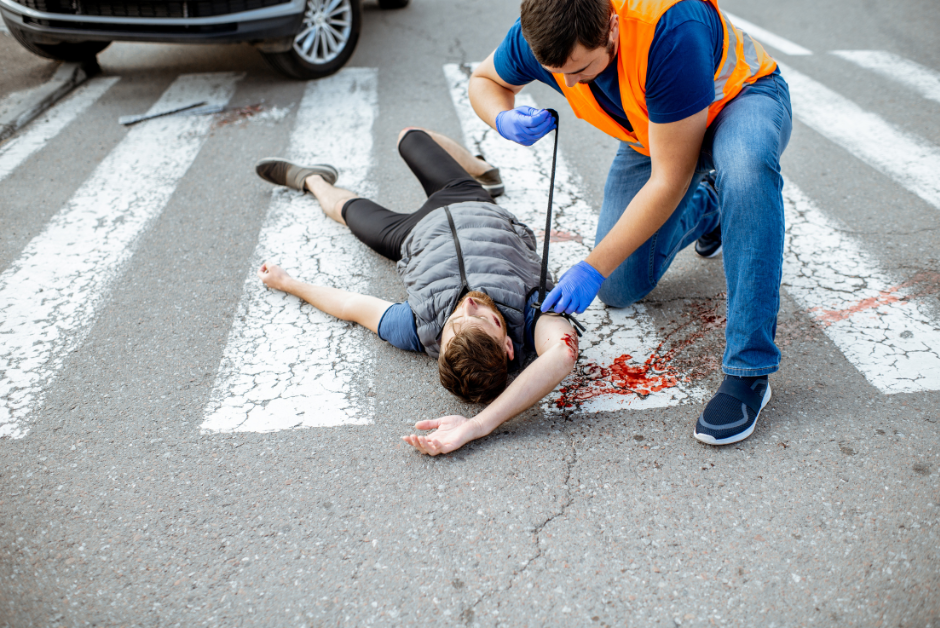Did you know that a person can bleed to death in less than five minutes and that the average first responder arrival time is between seven and 10 minutes?
A severe bleeding injury can happen anywhere at any time. According to the National Institutes of Health 30% – 50% of trauma-related deaths worldwide are due to bleeding or its consequences, with nearly half occurring before the patient makes it to the hospital.
Bleeding isn’t always life-threatening but rapidly getting heavy bleeding under control is key to survival. Minutes count. This is yet another reason a bystander’s ability to take action quickly in an emergency is so important and CPR and First Aid Training is critical to saving lives. (Consider taking TSS’s popular CPR and First Aid Class this spring. )
Signs of life-threatening bleeding
You should take action immediately, if you see any of these signs:
- Bright red blood that’s spurting from a wound or won’t stop
- The person is feeling faint, confused or becomes unconscious
- Blood that’s pooling on the ground or soaking heavy clothing
How to respond
Here are steps recommended by the Red Cross and others:
- Call 911
- Locate and expose the wound
- Apply direct and continual pressure to the wound until paramedics arrive. Place a piece of cloth under your hand to help slow the blood.
- Pack the wound to stop bleeding. If you have medical gauze, use it to pack the incision and resume direct pressure. No gauze? A clean shirt, towel, washcloth or even paper towels will do.
- Use a tourniquet. If pressure and packing is not working on an arm or leg with a wound, consider using a commercial tourniquet if one is available and you know how to use it.
- Keep the patient still and calm until help arrives.
May is Stop the Bleed Month. Visit the campaign website for additional resources developed by the American College of Surgeons on responding to a severe bleeding situation.

